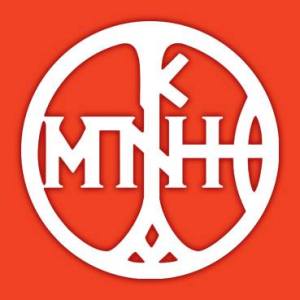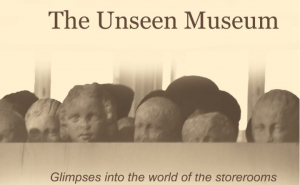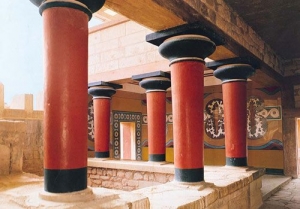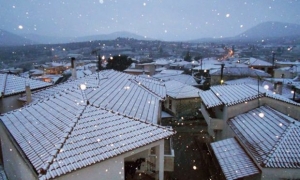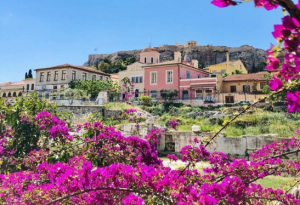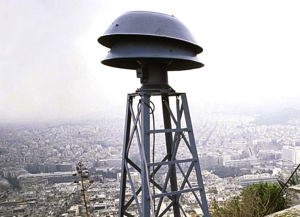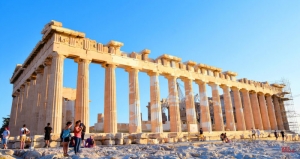This article has been brought to you in cooperation with MuseumMasters.
Knossos was the seat of the legendary King Minos and the main centre of power in Crete. The Palace of Knossos is connected with famous myths, such as those of Daedalus and Icarus and the Labyrinth with the Minotaur.
The ruins of this majestic Palace are a source of world history and culture. The Palace was decorated with magnificent frescoes and continuous rows of spirals, dating back to 1600-1500 B.C. The murals depicted a variety of subjects performing scenes from the everyday life of the Cretans, such as the "Priest-King" or "the Prince with the lilies", which probably portrayed the Priest-King who lived in the Palace of Knossos. The famous "Bull-Leaping" or the “Toreador Fresco” represented a sport that had a long tradition in the Minoan Crete.
Small scale sculpture art flourished in Crete as well, during this period of time. The famous "Goddesses of Snakes" from the Palace of Knossos, are some of the most important examples of this technique. These figurines, as well as the fresco of the "La Parisienne", depicting a stunning woman with big eyes, wavy hair and red lips, that was probably a priestess or a goddess, showed the luxurious and artful female clothing prevailing at that time in the Cretan society.
Visit the archaeological site of Knossos and see all the wonderful monuments of the largest and most brilliant centre of Minoan civilization. Walk along the ruins and feel all the exciting myths of Crete "come alive" in front of your eyes.


